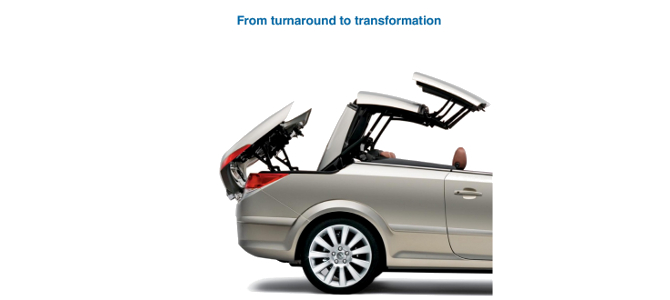After a five years of strong recovery in the US auto market, the jitters are coming back. Even with September sales posting nine percent growth year-over-year, the market’s nervousness with automaker equities is unmistakable. Ford’s stock has taken the most dramatic beating in recent days, but shares of all the big NYSE-listed US-market players are showing increased volatility and steady-to-sharp downward pressure. Even Nissan’s 19% sales boost in September, one of the month’s strongest performances, has been rewarded with a sell-off.
So what gives?
Though every automaker has its own story, the general nervousness around autos is largely explained by the fact that the US auto market has reached its pre-recession volume, and there’s little reason to think it has much further to go. Seasonally-adjusted sales have exceeded 16 million units for the last six months, even reaching as high as 17.5 million units in August, and a quick look at the market’s historical performance shows that growth above these levels doesn’t tend to last long.
[ There is more … ]













